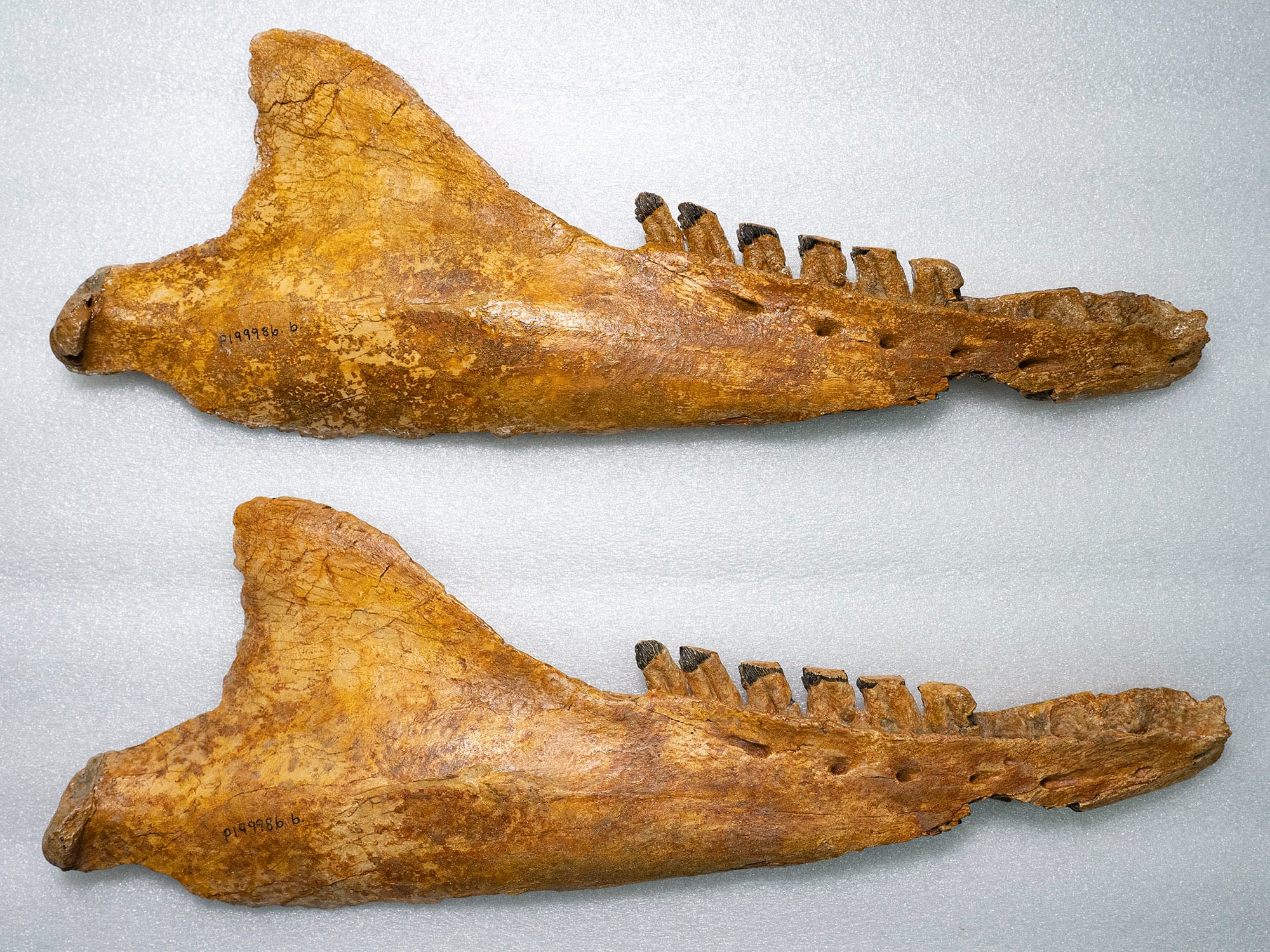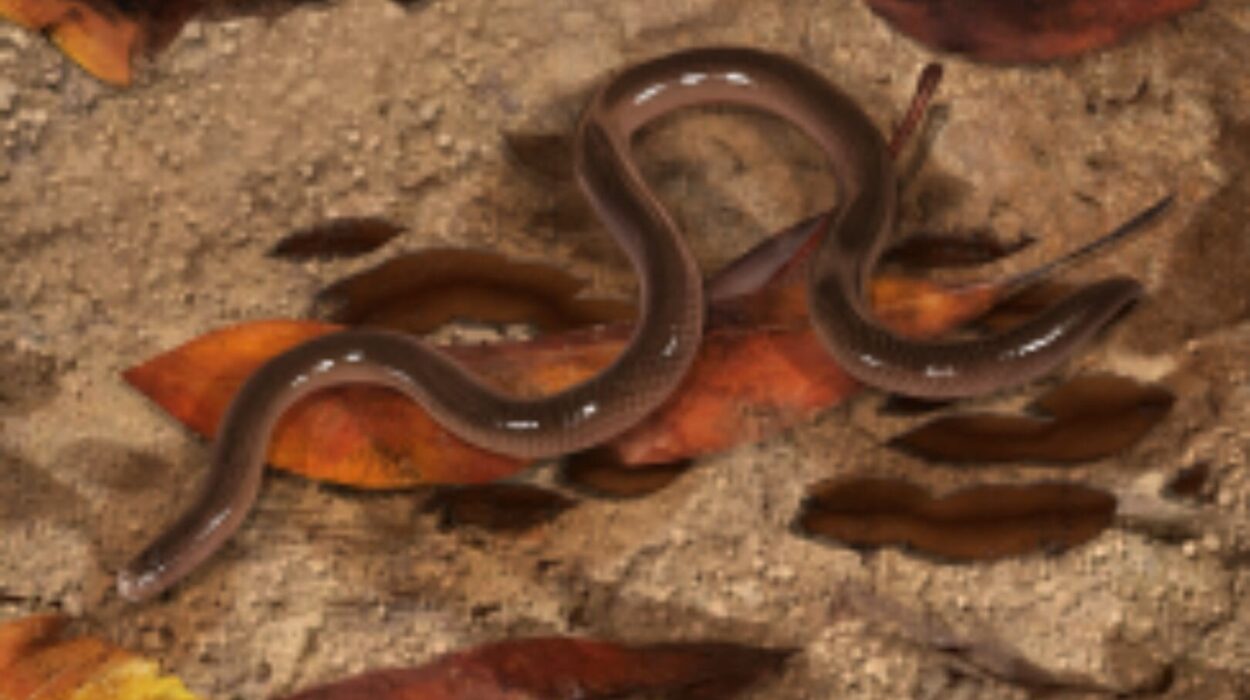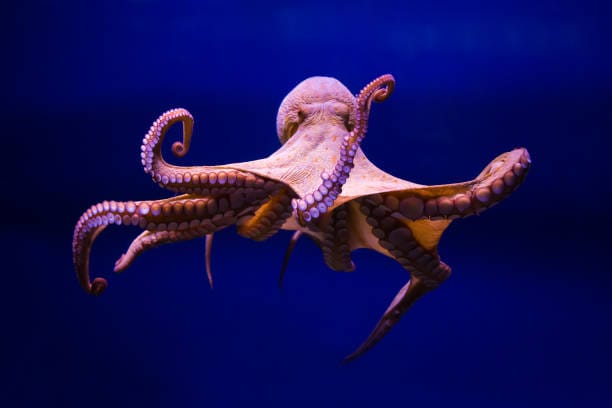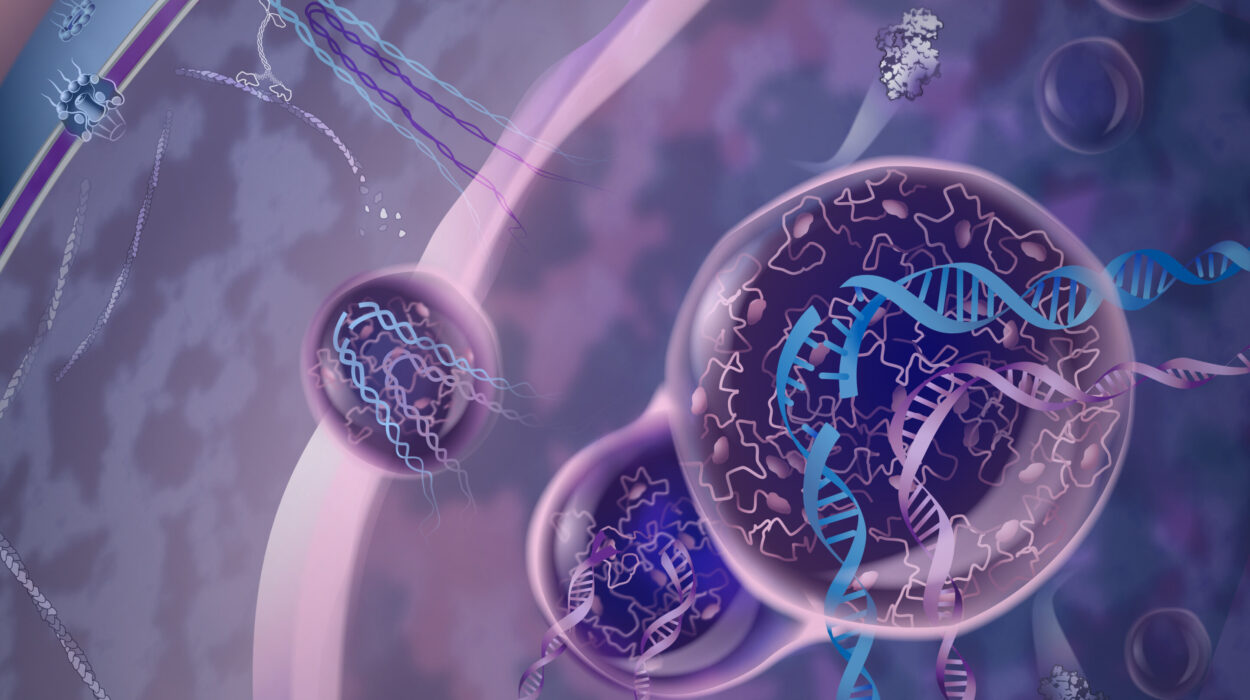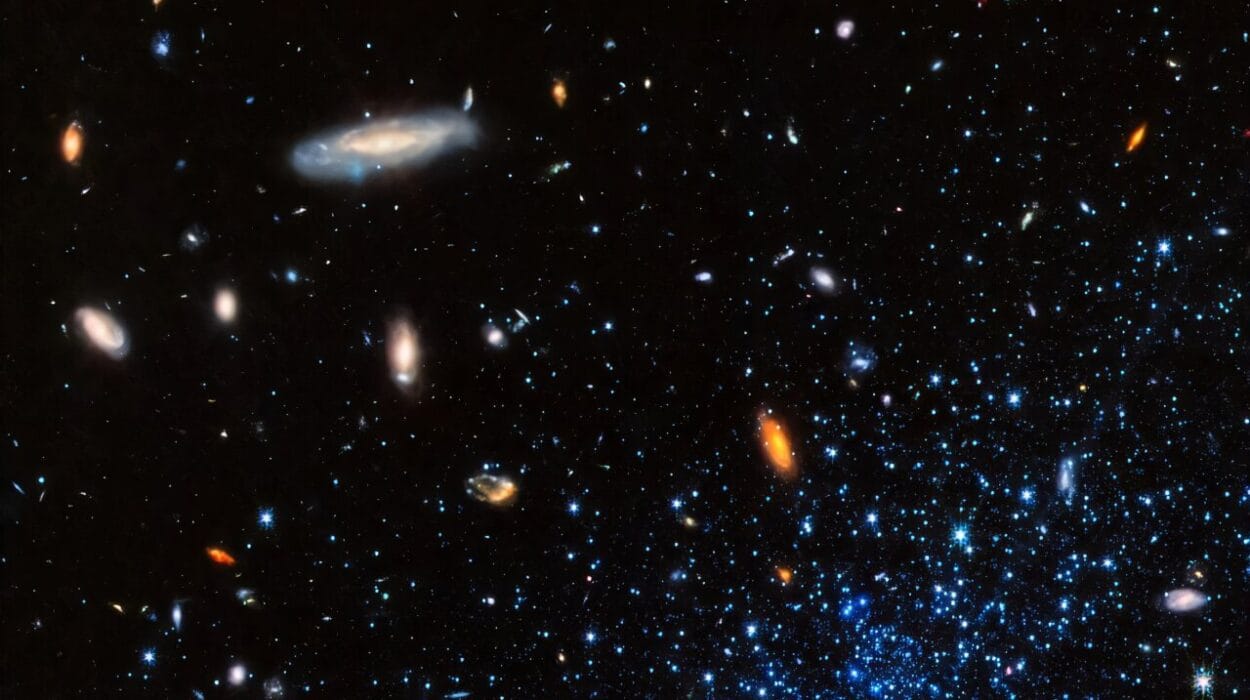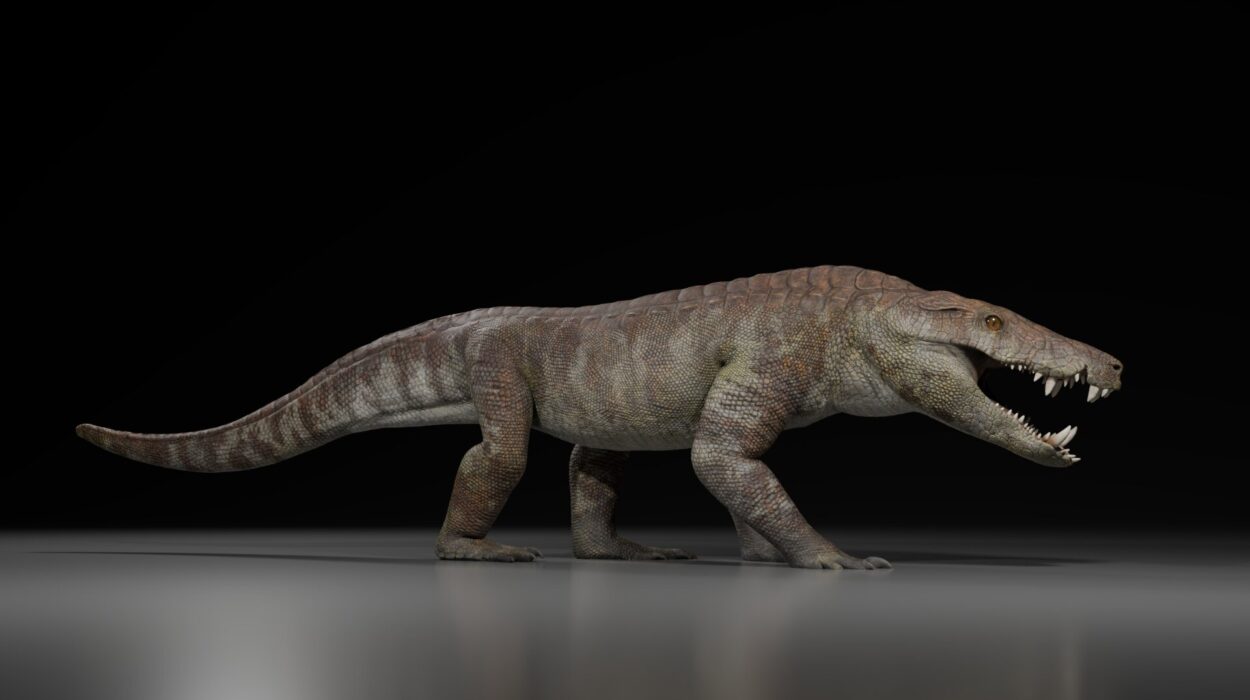Beneath our feet, entombed in layers of stone and dust, lies a hidden archive of ancient life—a mosaic of the creatures, climates, and ecosystems that once roamed, bloomed, and breathed on Earth. These fragments of the past often come to us in the form of bones, teeth, shells, and impressions, and while many casually refer to them all as “fossils,” the truth is more intricate. At the heart of paleontology—a science that unearths time itself—is the subtle but profound difference between a fossil and a bone.
To the untrained eye, a bone found in a field and a fossil dug from the desert might appear to be the same. Both are shaped like the remnants of animals. Both tell stories of life long gone. But only one has crossed the mysterious threshold from organic matter to geological relic. To understand what separates a bone from a fossil is to enter a conversation with deep time—a dialogue between life and Earth that has unfolded over millions, even billions, of years.
What Makes Something a Bone?
Bones are the internal scaffolding of vertebrate animals, from frogs and fish to mammals and humans. They are living tissues—complex structures made up of collagen (a flexible protein) and calcium phosphate (a hard mineral) that give them both strength and resilience. Bones support the body, protect vital organs, and serve as levers for muscles to pull on. But they are more than mechanical supports—they are dynamic, growing, and changing throughout an animal’s life.
In a living creature, bones are constantly being remodeled by specialized cells. Osteoblasts build new bone, while osteoclasts break down old bone. This process helps bones adapt to stress, heal after injury, and regulate minerals like calcium in the bloodstream. Even after death, fresh bones retain some of this biological complexity. They are still porous, still relatively lightweight, and often contain remnants of organic material such as marrow, blood proteins, or DNA—especially in recently deceased animals.
But bones are fragile in the grand scheme of geological time. Left exposed on the surface of the Earth, they quickly fall victim to scavengers, microbes, weather, and erosion. For a bone to survive long enough to become a fossil, it must undergo a remarkable transformation—one that exchanges its organic identity for a mineralized legacy.
When Bones Begin to Fossilize
Fossilization is not a single process but a suite of rare and complex chemical and geological changes. For a bone to become a fossil, the conditions must be just right. It needs to be buried quickly after death—covered by sediment, volcanic ash, or other material that shields it from decay and destruction. Once buried, the bone begins to interact with groundwater rich in minerals.
Over time—often thousands to millions of years—the organic materials in the bone are slowly replaced by minerals like silica, calcite, or iron. This process, known as permineralization, preserves the bone’s shape and microscopic structure but alters its substance. What was once bone is now stone. The original living tissue has been replaced, molecule by molecule, with inorganic material.
The result is a fossil: a geological record of a biological structure. Fossils are not “bones” in the living sense. They are mineralized echoes, enduring testaments to organisms that walked the Earth long before humanity wrote its first word or lit its first fire.
Fossils: Echoes of Lost Worlds
Fossils can take many forms, not just bones. They include trace fossils—like footprints, burrows, or coprolites (fossilized dung)—which record behavior rather than body parts. There are also impressions left in sediment, like the delicate wings of a dragonfly or the ripple pattern of a fish’s scales. In rare cases, entire bodies can be preserved in amber, tar, or ice, maintaining astonishing levels of detail.
But when people refer to fossils in everyday language, they often mean the mineralized bones and teeth of prehistoric animals. These are the stars of museums, the treasures of dinosaur digs, the clues that paleontologists use to reconstruct ancient ecosystems. Fossils are not just rocks with shapes; they are time travelers. They tell us where species lived, how they moved, what they ate, and sometimes even how they died.
The transition from bone to fossil is therefore not just physical—it is existential. A bone is a part of an organism. A fossil is part of the Earth.
The Touch of Time
Time plays an essential role in defining a fossil. While there is no universally agreed-upon threshold, most scientists reserve the term “fossil” for remains that are at least 10,000 years old—the rough boundary between the late Pleistocene and the Holocene epochs. Anything younger than that is typically considered “subfossil,” especially if it still contains organic material.
For instance, the bones of a woolly mammoth found frozen in Siberian permafrost may be only a few thousand years old. They might retain hair, flesh, and even soft tissue. These are subfossils—partially preserved, not yet fully mineralized, and closer to bone than stone. Over time, if left undisturbed, they may eventually fossilize completely.
The concept of time also transforms our emotional relationship with these objects. A bone is immediate, visceral—it speaks of a recent death, a tangible creature. A fossil is distant, mysterious—it carries the gravity of extinction, the weight of a vanished era. Holding a fossil is like shaking hands with the abyss of prehistory.
How to Tell the Difference
To the naked eye, distinguishing a fossil from a modern bone can be difficult, especially when the fossilization process is partial or when bones have been well preserved. But there are clues.
Weight and density are often the first indicators. Fossils tend to be heavier than fresh bones because of mineral replacement. They feel more like rocks than living tissue. Fossils also tend to be more brittle and less porous, and they may show signs of coloration from iron or manganese in the surrounding soil.
Color can be misleading. While fresh bones are typically white or beige, fossils can range from black to brown, red to gray, depending on the minerals they absorbed. However, this is not a foolproof indicator. Bones buried in certain soils can be stained dark without fossilizing, and some fossils retain a light coloration.
Microscopic analysis and chemical testing offer more definitive answers. Scanning electron microscopes can reveal whether the bone’s internal structure has been replaced by minerals. Spectrometry can detect residual collagen or DNA, helping determine how much of the original biological material remains.
In paleontological digs, field experience plays a key role. Trained researchers learn to read the surrounding sediments, the context of the find, and the feel of the material. To them, the difference between fossil and bone is not just academic—it’s the difference between a scientific discovery and an archaeological misidentification.
Why It Matters
Understanding the difference between a fossil and a bone is more than a technical distinction—it’s a key to interpreting the past. Paleontologists use fossil evidence to date rock layers, reconstruct extinct species, and understand evolutionary transitions. If what they find is merely modern bone, the entire context of the site can shift.
For example, a collection of bones in an ancient cave might at first glance suggest prehistoric human activity. But if those bones are not fossilized, they may belong to a much more recent occupation. Conversely, a single mineralized tooth embedded in sediment can push the history of a site back by millions of years.
Misidentifying bones as fossils (or vice versa) can lead to incorrect assumptions about the age of the site, the species involved, or the environmental conditions at the time. It can skew our understanding of extinction timelines, migration patterns, or the development of early human ancestors.
The difference also matters for conservation. Modern bones, especially from endangered or recently extinct species, may hold DNA that can be studied—or even used in cloning efforts. Fossils, by contrast, rarely contain usable DNA. They offer different insights: not into genetics, but into form, function, and ancient ecology.
Emotional Weight and Symbolism
Bones evoke empathy. They belong to creatures we can imagine petting, fearing, or mourning. They are tangible, close to us in evolutionary time. The bones of a dog, a whale, or a Neanderthal spark recognition—they could be our relatives, our companions, our selves.
Fossils, however, inspire awe. They are monuments to impermanence, whispers of worlds obliterated by time. The fossil of a trilobite or a Stegosaurus does not stir immediate familiarity—it demands imagination. It challenges us to envision life utterly unlike our own, shaped by pressures long vanished.
In this way, fossils function almost like religious relics—not in a spiritual sense, but as sacred symbols of transformation. They are proof that life, even in death, leaves a mark. That what breathes and perishes can become part of the Earth’s eternal memory.
Museums understand this deeply. When you visit a natural history exhibit and see a fossilized skull under glass, you are not merely looking at a piece of bone. You are confronting time itself. You are in the presence of something that once lived and now endures, not because it fought or thrived, but because the Earth made it stone.
Fossils in the Modern World
Despite their antiquity, fossils remain central to modern science. They inform debates about climate change, extinction rates, and the resilience of ecosystems. They provide context for evolutionary biology, showing us not just that life changes, but how it changes—gradually, fitfully, sometimes cataclysmically.
Fossils remind us that extinction is the rule, not the exception. Over 99% of all species that have ever lived are now gone. The creatures whose bones we now call fossils once filled the oceans, skies, and forests. They thrived, adapted, and vanished—often due to events beyond their control. Asteroid impacts. Supervolcanoes. Ice ages. Shifting continents. Their stories are cautionary tales for a species—ours—that now shapes the biosphere with unmatched power.
In an age of environmental crisis, fossils serve as both warning and wonder. They show us that life is persistent, but not invincible. They remind us that time is vast, but consequences are real.
The Conversation Continues
When we ask, “What is the difference between a fossil and a bone?” we are really asking about continuity and transformation, about life and death and the curious alchemy of time. A bone is something that lived. A fossil is something that endures. Both tell stories. Both connect us to something larger than ourselves.
The next time you hold a bone in your hand, consider its fragility. Think of the short journey it made from life to death, and how easily it could be lost to decay. Then imagine the miracle of fossilization—that a storm, a flood, or a landslide could bury such a thing in silence for millions of years, protecting it, transforming it, and eventually revealing it to someone who knew how to listen.
Because fossils do speak. Not in words, but in form and shape and place. They speak of oceans that covered deserts, of forests that once grew where glaciers now stand, of animals long vanished, and of a world that was, and could be again.
To learn the difference between a fossil and a bone is not just to learn science. It is to gain a new sense of wonder. To realize that beneath our feet lies not just dirt and stone, but the memories of the Earth itself.
